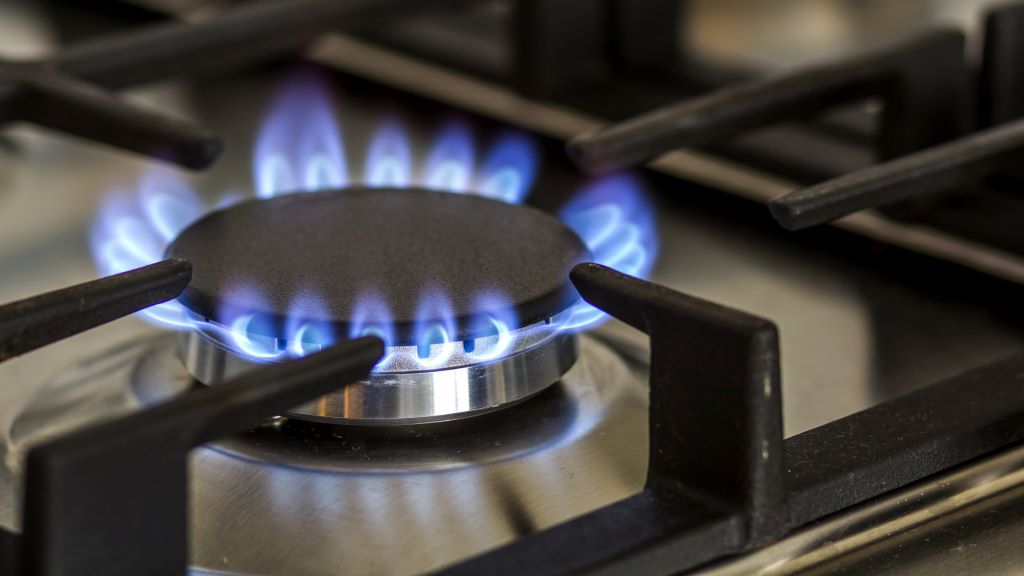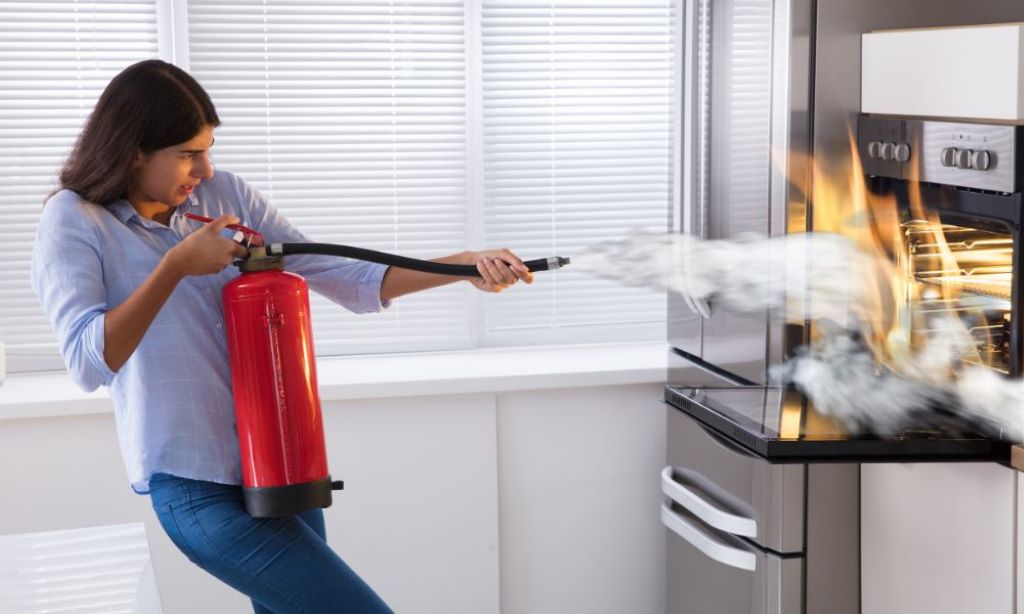
In the heart of every home, the kitchen stands as a haven of culinary creativity. Yet, amidst the sizzle and aroma, a potential hazard lurks – the unattended stove. This seemingly innocuous oversight can unleash a cascade of consequences, ranging from minor mishaps to devastating fires. This comprehensive guide delves into the intricate world of stove safety, shedding light on the risks, preventive measures, and essential actions in case of accidental activation.
The Unseen Peril: Understanding the Risks
An unattended stove is akin to a ticking time bomb, harboring numerous risks that escalate with time. The most immediate danger is fire, triggered by combustible materials inadvertently left near the heat source. A forgotten dish towel, a stray paper bag, or even accumulated grease can quickly ignite, engulfing the surroundings in flames.
Beyond fire, unattended cooking, such as when someone forgot to turn off the stove, poses health hazards. Overheated pots and pans can release toxic fumes, particularly from non-stick coatings. These fumes can cause respiratory irritation, headaches, and even flu-like symptoms in severe cases. Moreover, boiling liquids can evaporate, leaving behind scorched residue that emits harmful smoke.
Another often-overlooked risk is property damage. A pot left to boil dry can warp or crack, rendering it unusable. In extreme scenarios, unattended cooking can lead to extensive structural damage due to fire and smoke.
The Domino Effect: Escalating Consequences
The consequences of leaving a stove on accidentally extend far beyond the immediate vicinity. A kitchen fire can rapidly spread throughout a home, endangering occupants and causing significant property loss. Smoke inhalation is a leading cause of fire-related fatalities, as it impairs oxygen intake and can damage the lungs.
Moreover, the aftermath of a stove-related incident can have lasting emotional and financial repercussions. Displacement from a damaged home, medical expenses for injuries, and the loss of cherished belongings can take a toll on individuals and families.
Prevention is Key: Safeguarding Your Kitchen

Fortunately, stove-related incidents are largely preventable with proactive measures. The first line of defense is awareness and vigilance. Never leave the kitchen while cooking, even for a brief moment. If you must step away, turn off the stove and remove any pots or pans from the heat.
Modern technology offers additional safeguards. Smart stoves equipped with automatic shut-off features can detect inactivity and disable the burners, preventing potential disasters. Consider investing in these innovative appliances for enhanced peace of mind.
A Step Further: Additional Preventive Measures for Stove Safety
Beyond vigilance and technology, several additional steps can bolster kitchen safety. Keep flammable materials away from the stove, including dish towels, paper, and plastic utensils. Regularly clean the stovetop to prevent grease buildup, which can fuel fires. Install a smoke detector in the kitchen and ensure it is in working order.
In the event of a grease fire, never attempt to extinguish it with water. Instead, smother the flames with a lid or baking soda. Have a fire extinguisher readily available and know how to use it.
In Case of Emergency: What to Do for Stove Safety
If you discover an unattended stove, act quickly and decisively, if the stovetop is hot but there is no fire, turn off the burners and remove any pots or pans. If a fire has ignited, evacuate the premises immediately and call emergency services. Do not attempt to fight the fire yourself unless it is small and contained.
Empowering Knowledge: Spreading Awareness about Stove Safety
Stove safety is not just an individual responsibility; it is a collective endeavor. By sharing this knowledge with friends, family, and neighbors, you can help create a safer community. Encourage others to adopt safe cooking practices and invest in preventive measures.
Related: Is Black Silverware Safe? Everything You Need to Know
Conclusion: A Safe Haven for Culinary Creations
The kitchen should be a place of joy, not fear. By understanding the risks of unattended cooking and embracing preventive measures, you can transform your kitchen into a haven for culinary creations. Remember, a few simple steps can make all the difference in preventing stove-related incidents and safeguarding your home and loved ones.





